Peter Murray explores the life and work of sculptor John Byrne
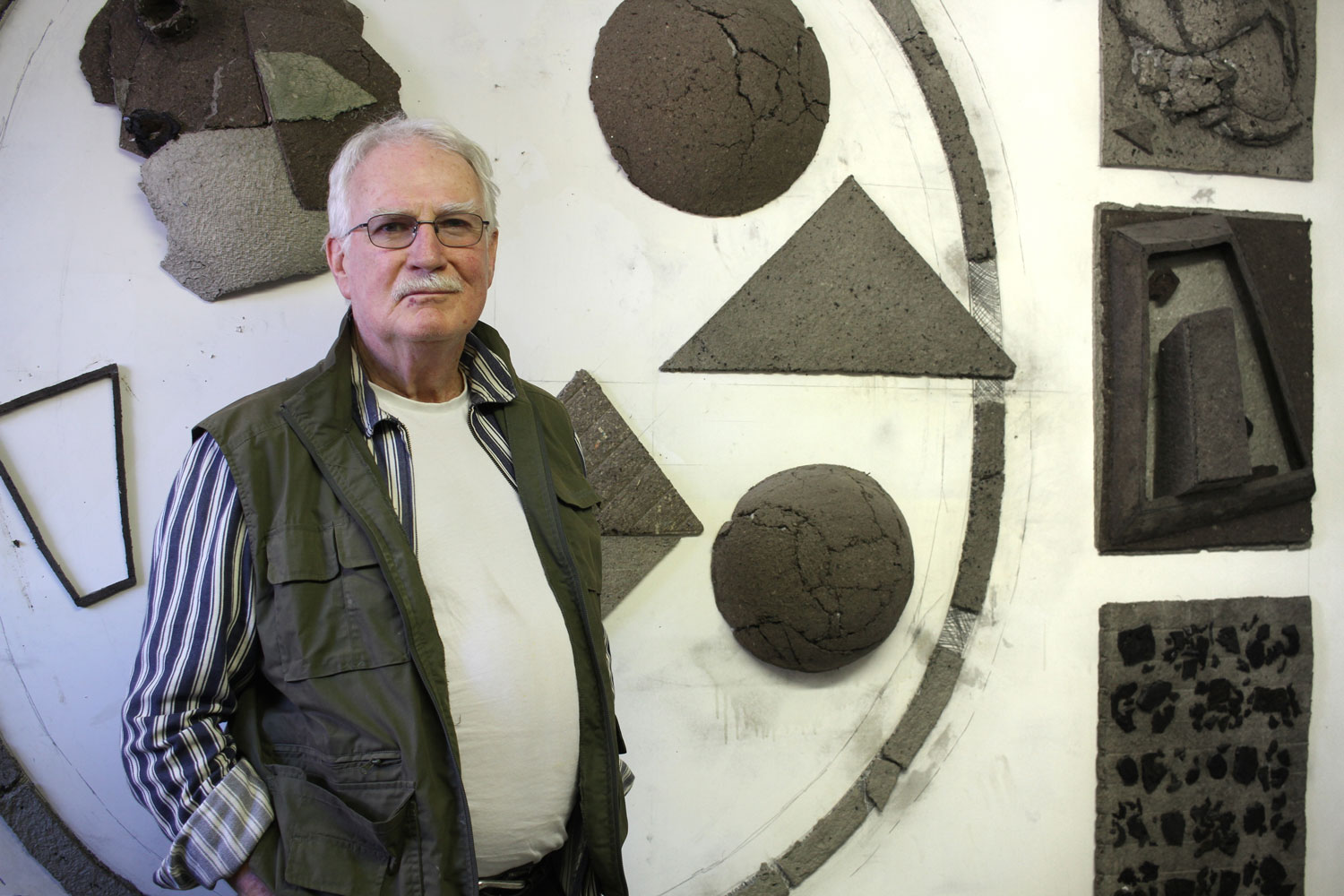
During the 1970s, with Ireland experiencing a renaissance in the visual arts, a new generation of sculptors began to engage with international art movements and realise ambitious works, often abstract or conceptual in nature. Many of these artists, seen as radical at the outset of their careers, went on to become pillars of the art establishment in Ireland. Not so John Byrne, a sculptor highly regarded in the 1970s, but whose subsequent years were spent mainly in the UK and the United States, which meant that he gradually faded from view in the insular world of Irish art. From the outset, Byrne’s work was characterised by a bold, brave approach. He was keen to experiment with new materials and adept at fabricating abstract sculptures on a large scale. Although he received awards in the 1970s, including the Alice Berger Hammerschlag Prize and the Gold Medal at the Oireachtas exhibition, in the years following his emigration to the United States he was gradually forgotten by all but a few friends and admirers.
However, whether he is working in Ireland or the US, the essentials in Byrne’s art have not changed. The pyramid is one of his favourite motifs, as is the circle, often intersecting with straight lines, or with geometric forms set at an angle. Composite works are often built up using a series of related, or almost identical, elements. Occasionally there are echoes of Pop Art, with words and graphic symbols, reminiscent of road signs, incorporated into works. Overall, Byrne’s art is characterised by a sense of movement, of energy. Made of found elements including wire mesh, tilted and reminiscent of highway engineering, 876 Haight provides an insight into the artist’s wanderlust. Like many of his works, including War, it creates an unstable, vertiginous feeling. In more recent works, such as Growth, Byrne again employs bold, abstract shapes, incorporating circles and vectors.
To read this article in full, subscribe or buy this edition of the Irish Arts Review
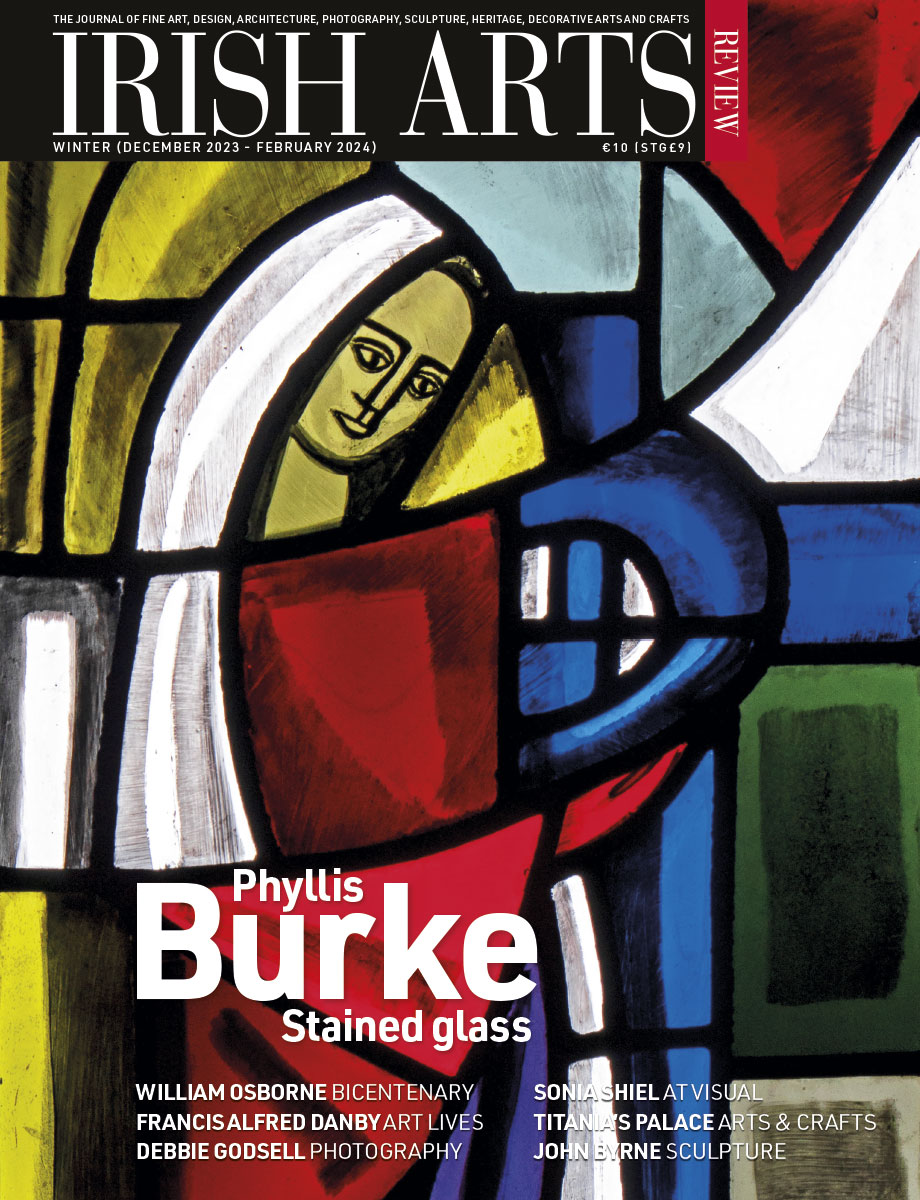
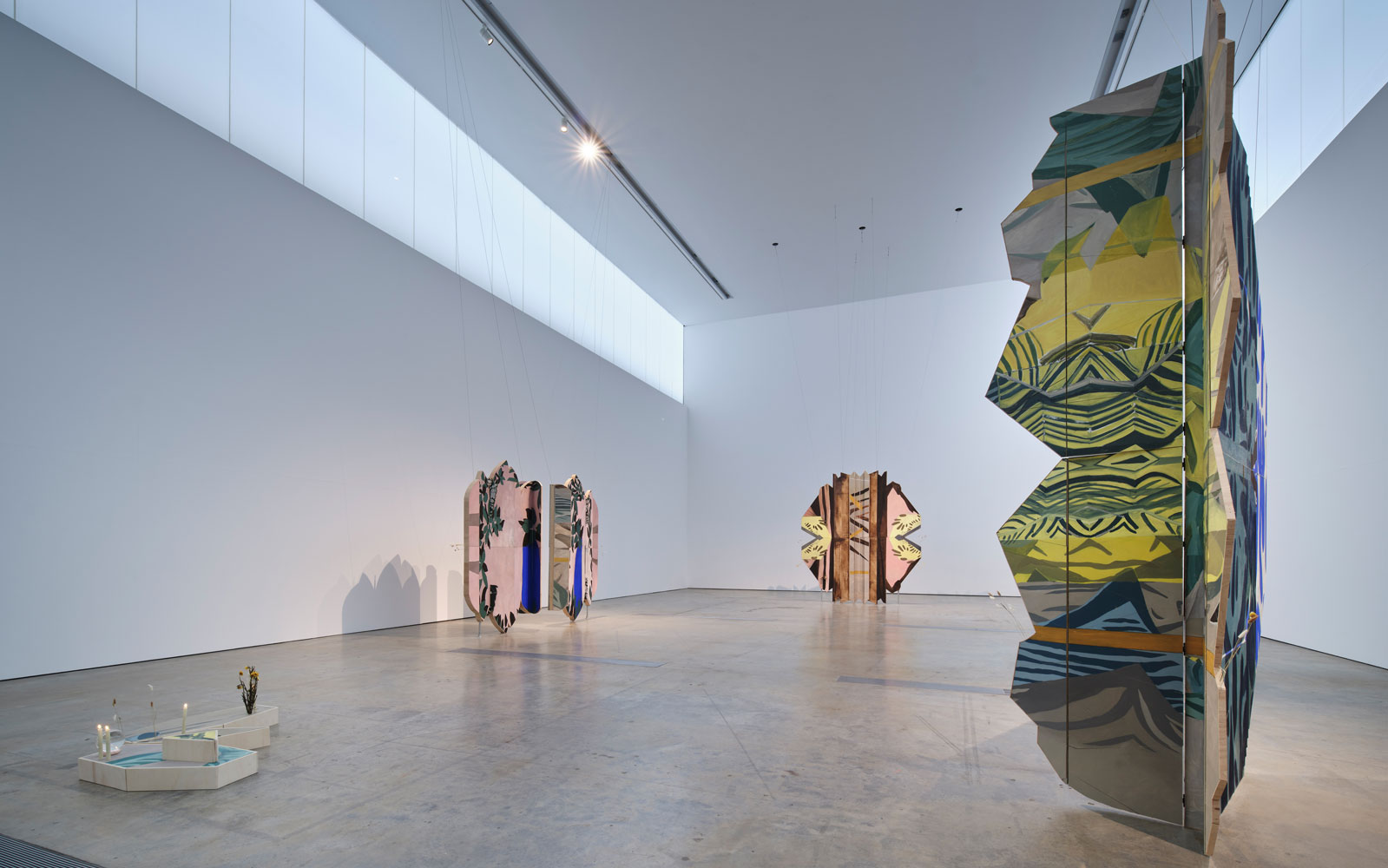
Sonia Shiel turns painting on its head, writes Catherine Marshall, and her exhibition invites reflective pauses, moments to question what you have just seen
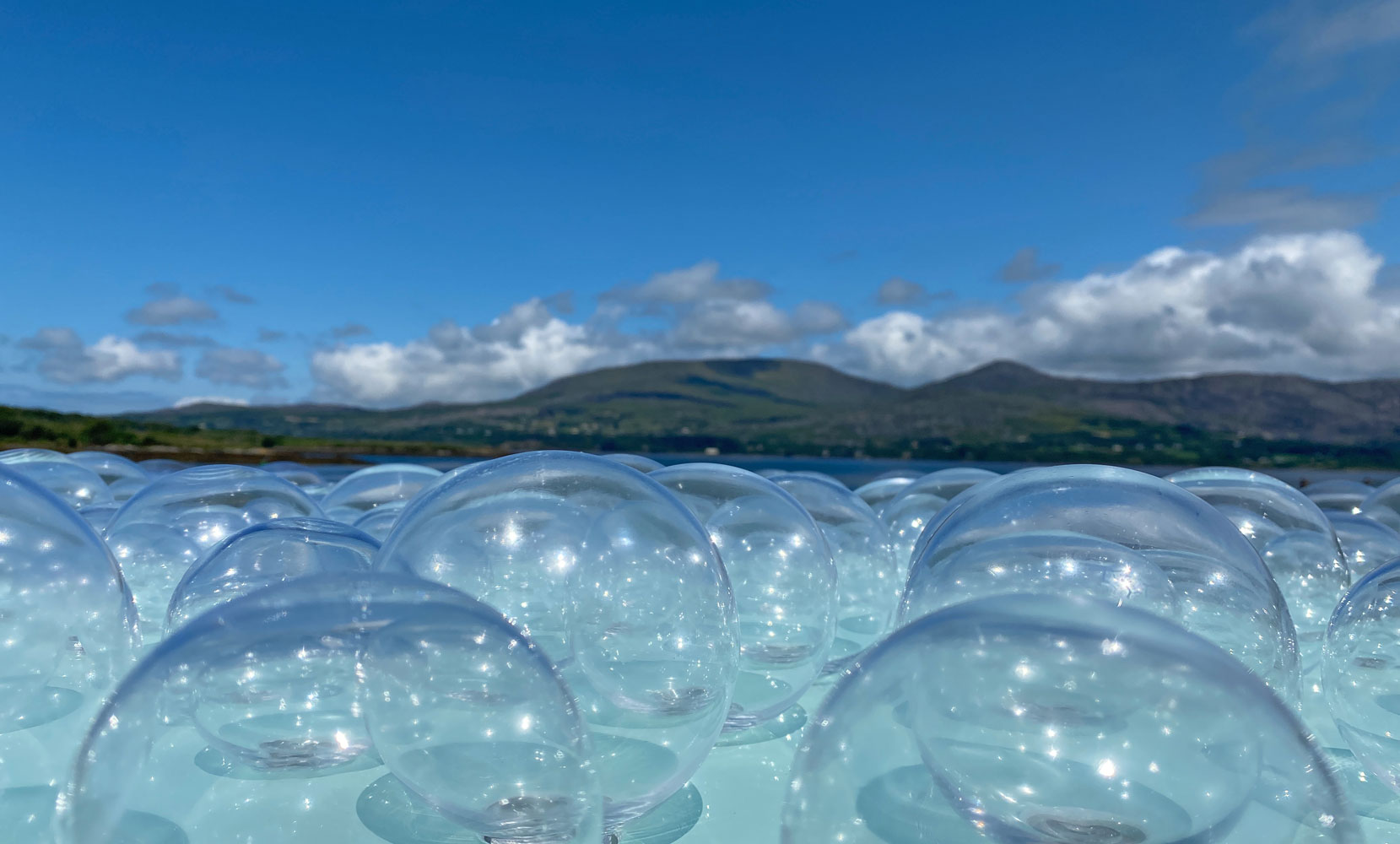
Gráinne Coughlan examines the work of Bere Island artist Mary K Sullivan
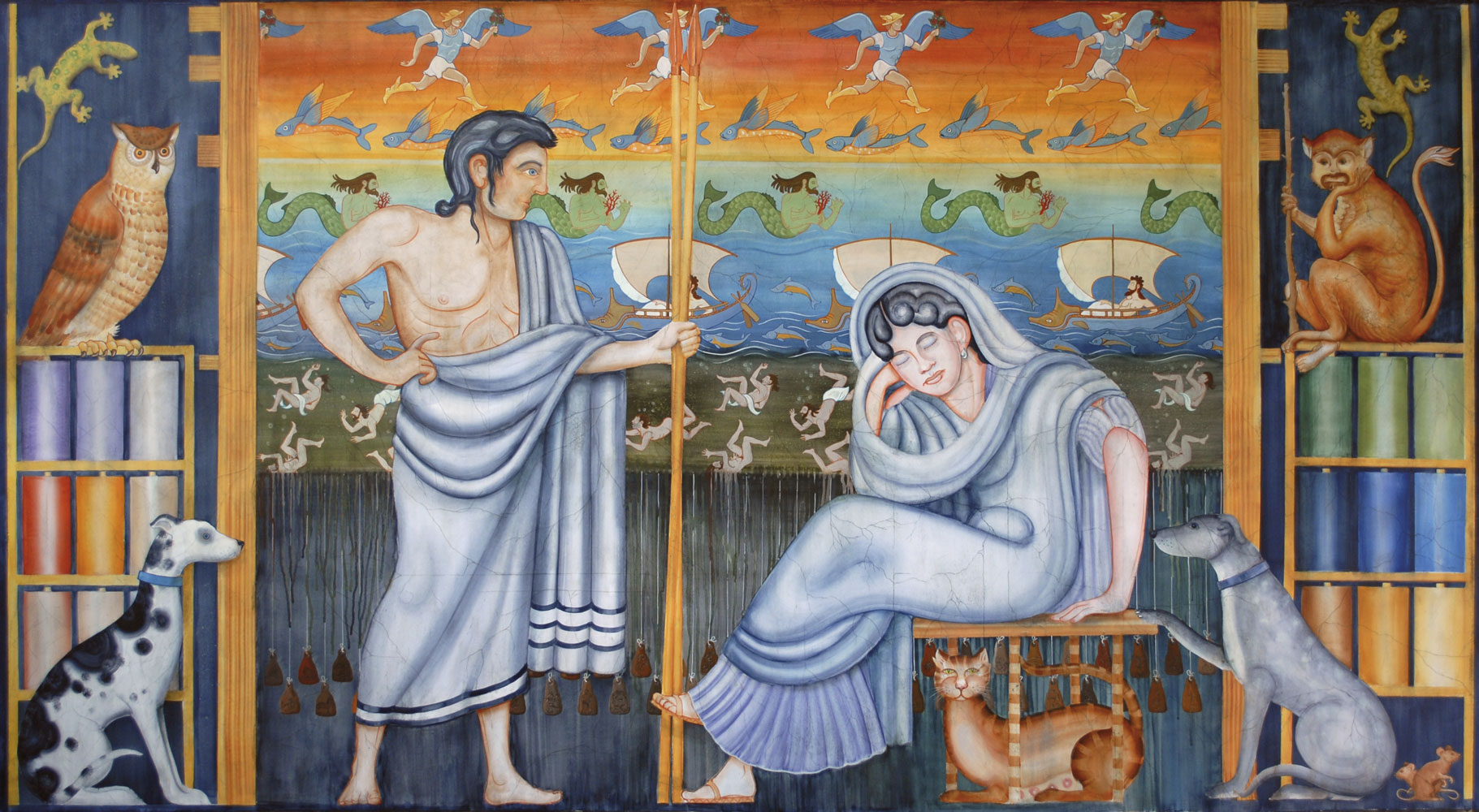
John P O’Sullivan meets with John Kindness ahead of his exhibition ‘Odyssey’, at the Royal Hibernian Academy